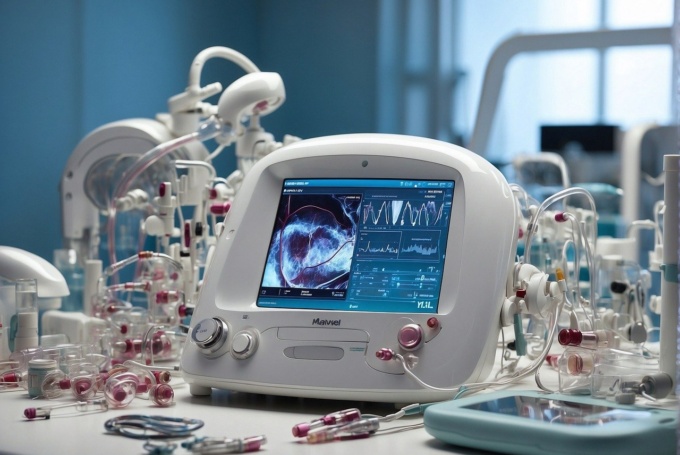3D printing is rapidly gaining prominence in the dental industry, with an expected growth rate of 25% by 2030 (GrandViewResearch). Its use in dental laboratories has enabled fast and customized production of models, night guards and denture fabrications, as well as orthodontic appliances like aligners and retainers. However, its potential in clinical settings remains unclear as the skills, time, and labor needed to manage production are significant barriers.
Despite this, innovative solutions like LuxCreo’s trademarked dental polishing device promise to reduce polishing time by 75%. These breakthroughs could pave the way for 3D printing in dental offices.
As someone immersed in supporting hiring for dental manufacturers and innovators, I regularly engage with industry leaders to discuss their work and market reflections. In this article, I’ll share insights from Todd Ames, a distinguished industry expert with over 25 years as a driving force at top companies like Carbon3D, Envista, and Dentsply Sirona. Todd’s extensive expertise in CAD/CAM technologies, dental implants, biologics, prosthetics, and clear aligners has allowed him to work closely with dentists, labs, and manufacturers to advance the field of dentistry. In this conversation, we’ll delve into Todd’s views on the impact of 3D printing and its evolution in clinical settings.
How have you found that 3D printing has impacted dentistry as a whole?
3D printing has been impressive as a technology, but it hasn’t displaced conventional manufacturing methods in other industries as fast as we might have hoped. The sweet spot for 3D printing is scaled-production of custom products. And with 8 billion custom people on the planet, there’s no better fit than the dental industry.
3D printed models are the core of clear aligner manufacturing. Stiff competition among the major players is driving workflow improvements and lower production costs. It’ll be interesting to see if the first generation of direct print aligners can meet quality standards and improve cost and delivery.
For labs, new printer and material options continue to hit the market. Overall, I’d say printer reliability is improving, and there’s several quality resins available on multiple printing platforms that meet the threshold for acceptable aesthetics, durability and cost.
Interestingly, when the same materials are printed on different printers, it’s difficult to distinguish the difference in the end product. Therefore, the most innovative companies are focused on optimizing the entire production workflow by shrinking manual intervention and deepening integrations with adjacent systems. On the front end, AI-driven design is a great example of an emerging standard that minimizes hands-on interaction. We’re also starting to see more companies announce innovations like automated print setup, part removal and resin refill to remove labor and allow for after hours manufacturing.
So, overall I’d say we’re in for an even greater transition to 3D printing in dentistry.
How do you see it moving into clinical and how do you envision that working?
While I definitely think we’ll see more dental offices investing in 3D printers, I don’t think we’ll see a major shift in production volume away from dental labs. It’s tempting to want to bring production closer to the point of care, but the reality is that it’s not that simple.
Dental support organizations have been very interested in 3D printing because of the production economics. For example, dentures can be printed at ⅓ of the cost and up to 5x more per day compared to conventional methods. However, the challenge is that dentistry is geographically fragmented, with thousands of clinic locations. 3D printing requires specialized skills in CAD, print preparation, and post-processing that are not available in every clinic. Both DSO and stand alone clinics seem to still be struggling with staffing and retaining dental assistants and hygienists. Some offices have in-house labs, others don’t, but I think finding talented people to operate new processes is a real barrier.
To overcome these challenges, I envision stronger partnerships between dentists and labs. And for DSO’s that want to make their own restorations and appliances, I can foresee the emergence of regionalized “hubs of excellence” that centralize technical production expertise while still serving local markets with fast turnaround times.
As 3D printing workflows become more simplified and automated, I think we’ll see even greater clinical adoption than we’ve seen so far.
So there you have it, a huge thank you to Todd for sharing his expertise. If you’re interested in this topic, I also recently caught up with April Newell from Nota3D to hear her thoughts on the growth of the market, which you can watch the recording of here.
It’s indisputably a very exciting time for the dental space, with a host of revolutionary technologies coming into the market each year. With companies such as Carbon3D, SprintRay, Formlabs and Desktop Health already leading the way, it’s a privilege to hear from industry experts on the organisations to watch!
Interested in finding out more about our recruitment services? Book a consultation here.




